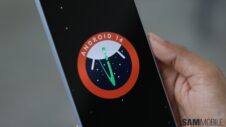A few hours ago, Google announced Android 14, the next big version of its mobile operating system. The company released the first Developer Preview version of Android 14, and developers can start downloading and installing it on their Pixel smartphones for testing. It brings some UI tweaks, improved security measures, and app cloning (similar to Samsung's Dual Messenger feature).
Most of these features would make it to Samsung's Galaxy smartphones and tablets as a part of the One UI 6.0 update. Here's what's new with the first Android 14 Developer Preview.
Top Android 14 features
Android 14's internal codename is UpsideDownCake. Since it has only been released in the Developer Preview form, it doesn't include some UI design changes that Google plans to bring with its stable version. Most of the changes we see with this release are mostly related to how stuff works in the background. Google has added the app cloning feature (spotted by Mishall Rehman), allowing users to create copies of the same app and use two different accounts. This is similar to Samsung's Dual Messenger feature, which many people use for social media and messaging apps.
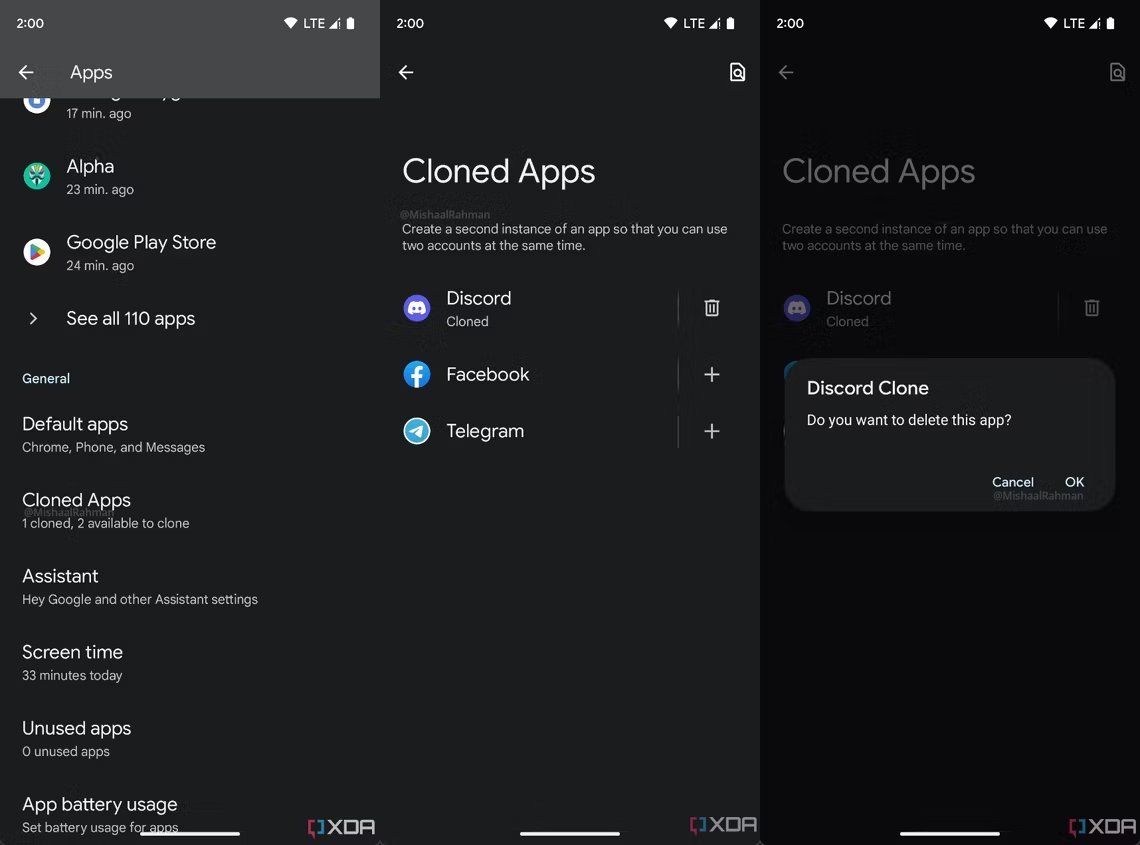
With Android 13, Google merged the Security and Privacy sections into a single menu in the Settings app. Android 14 simplifies it further by removing the dropdown menus, and you need to tap on a particular item to see its options, which are presented on a separate screen. In terms of security, Android 14 will block the installation of apps designed for very old versions of Android, thereby slipping new security measures. However, users would have the option to allow those apps to be installed if they want.
It also brings Basic and Extreme battery-saving options in the Battery settings. Battery-saver scheduling and Adaptive Battery features now reside in the same menu, streamlining all battery-related features. The screen-on time metric has been restored to how Android always displayed it. With Android 13, phones would show screen-on time over just 24 hours. However, Google has reverted that change, and a phone can now display complete screen-on time since it was disconnected from the charger.

There are improvements to app scaling as well. Android 14 can scale up fonts to 200% for those who like their fonts bigger or have vision-related issues. Android 14 also brings an Apps Installed In The Background page, which helps users identify bloatware/unnecessary apps installed by an OEM or carrier.
Google is also improving Android's UI and app scaling for devices with bigger screens, such as foldable phones and tablets. The company started to focus on tablets and foldables with Android 12L and improved it with Android 13. With Android 14, Google is making some more improvements on that front, including app labels on the taskbar. It is also making it easier for developers to make tablet-optimized apps by offering pre-designed app UI patterns, layouts, and best practices. Developers can use those to improve their apps on bigger screens.
Fast Pair, Android's solution for a faster pairing method for accessories and smart home devices, is now merged into the Connected Preferences menu. Material You theming is also getting a slight boost, with the basic color options getting more vibrant shades. Google and Samsung's Health Connect platform is now integrated into Android 14.
There is now a dedicated option to enable hearing aid devices in the Accessibility section of Android 14. Secondary users can also get admin privileges, which means they can manage other users on the phone or tablet. Google may add more user-facing changes, including improvements to the UI design, with upcoming Android 14 beta releases.
Android 14 release timeline

Google is planning to release a few Developer Preview versions of Android 14 by March 2023, followed by Public Beta releases in April and May. According to the company's blog post, Android 14 will gain platform stability by June, meaning no major changes will be made in the underlying codebase. The final (stable) version of Android 14 will be released sometime in August or September 2023.
We can expect Samsung to release the first beta versions of One UI 6.0 in September or October 2023, and the stable One UI 6.0 update may be released by November 2023. High-end smartphones and tablets eligible to get the Android 14-based One UI 6.0 update will be the first to get the new software, followed by mid-range and entry-level devices.
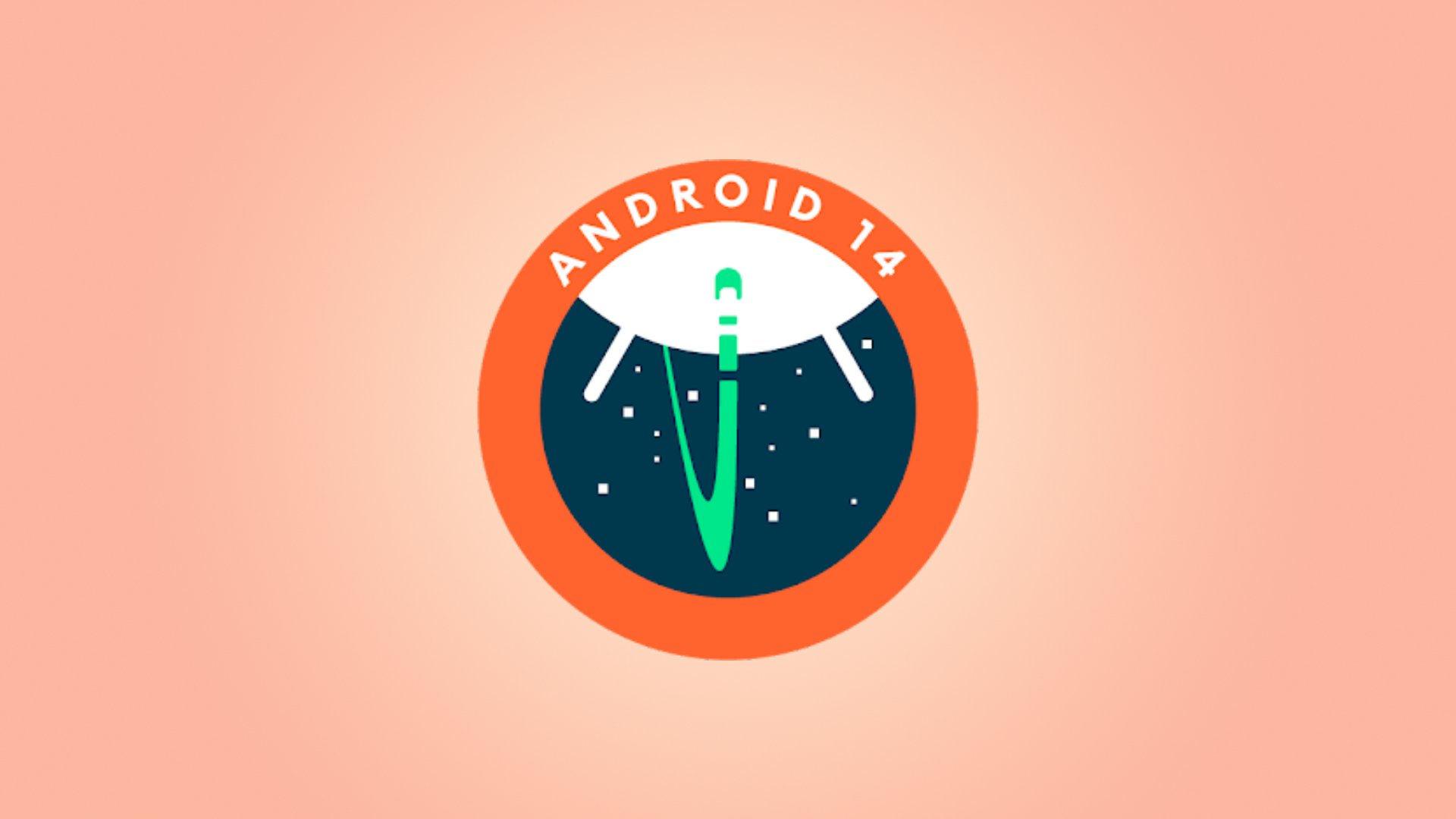
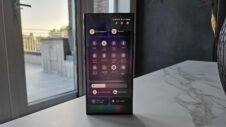
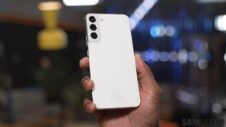


![[Video] Discover all the advanced features on your Galaxy phone or tablet!](https://www.sammobile.com/wp-content/uploads/2024/07/Samsung-One-UI-advanced-features-226x127.jpeg)
